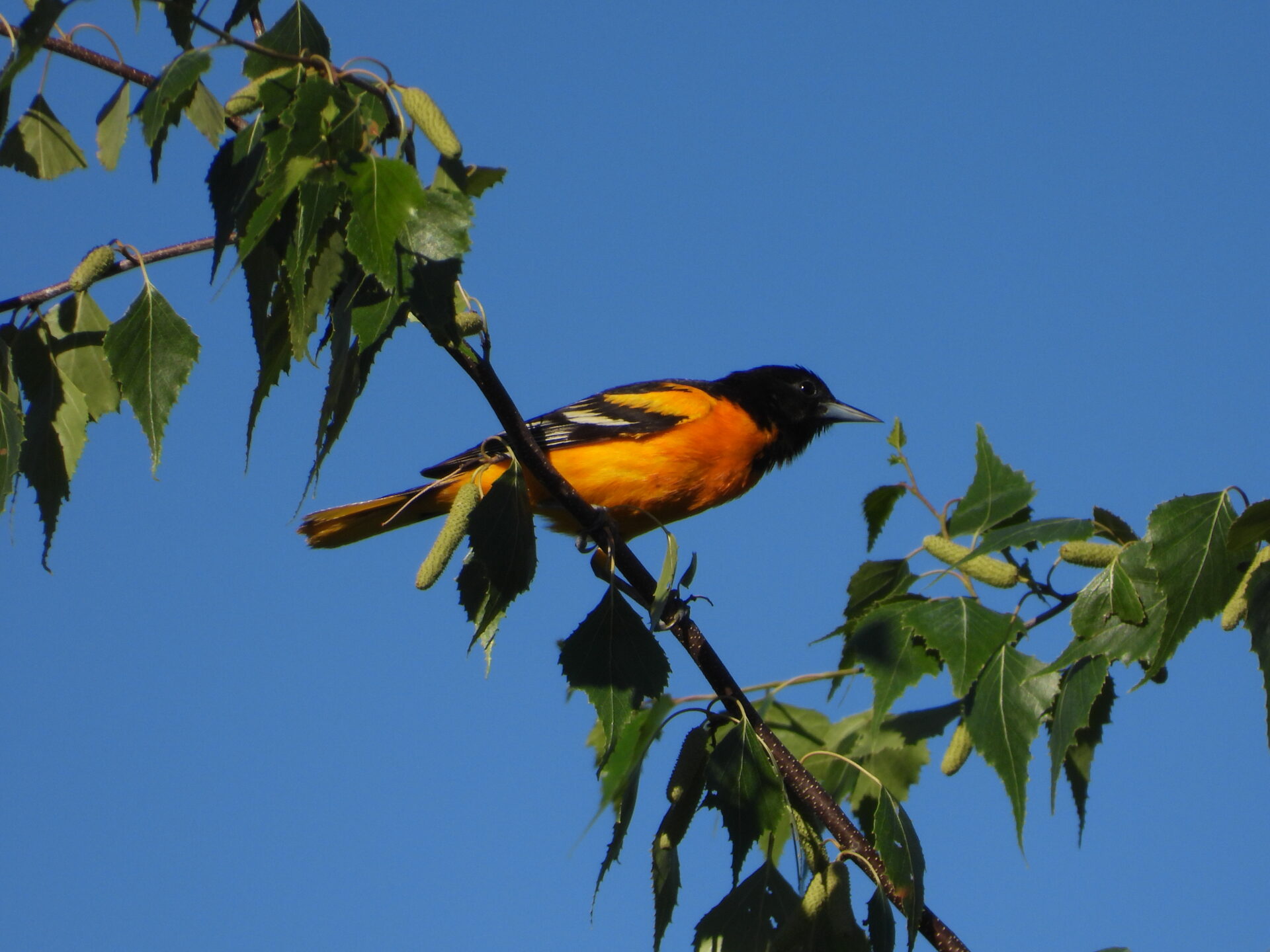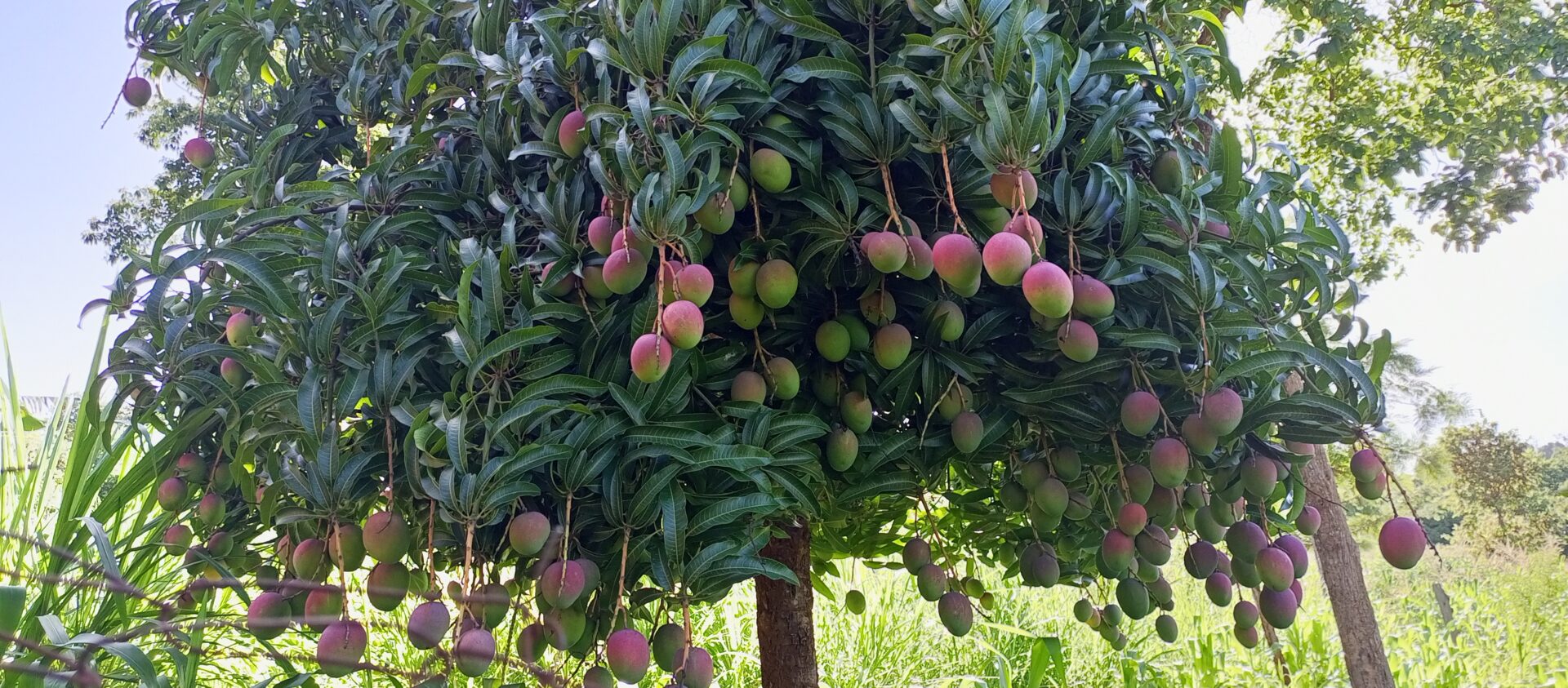
Submitted By: Denis Mutwiri
Congrats to our 2025 winners!
All 2025 Submissions
First Place: David Newswanger, Sunnyvale, CA
Two chinstrap penguins at Palaver Point in Antarctica.
Why population stabilization matters to David:
“I wrote a letter to the editor as a high school student after reading The Population Bomb in 1970. My letter focused on environmental concerns and conflict among people due to scarcity of resources, which are the same things that motivate me today. These two penguins are sharing a moment in time, but surely don’t realize that the ice they depend on is melting and that the survival of their species is threatened. Similarly, we in California live our lives without much thought about our limited resources, such as water, which is already causing conflict among us. Now is the time to do something about it.”
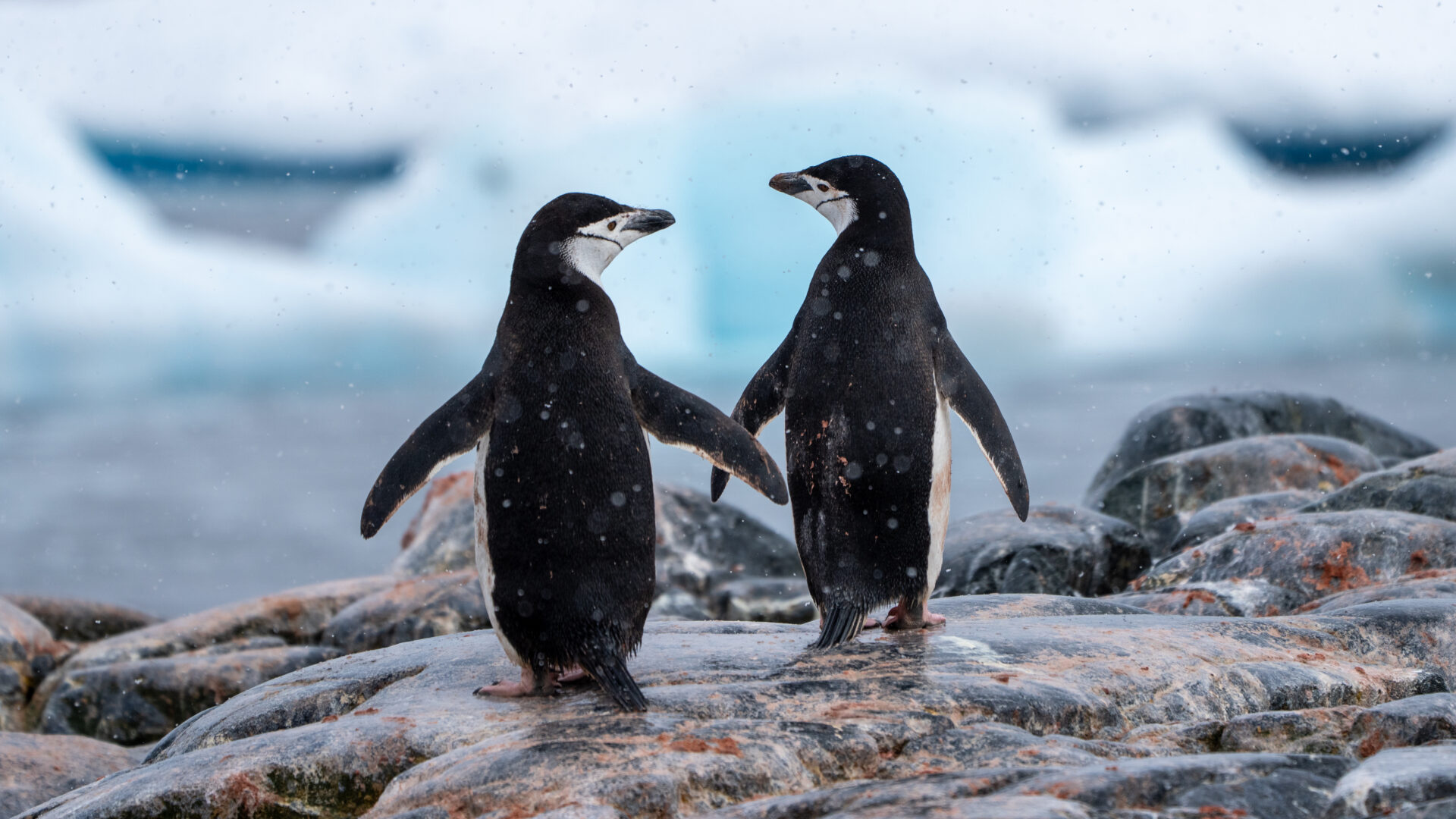
Second Place: Doranne Jacobson, Springfield, IL
Fishing is essential to the people in Ganvie, Benin, a village built on stilts over water.
Why population stabilization matters to Doranne:
“The people of Ganvie have depended upon fishing for centuries. Here, as in many places throughout the world, fish stocks are now threatened by overfishing and pollution caused by burgeoning human populations. Responsibly caring for fish — and for our planet — should be a top priority for everyone.”
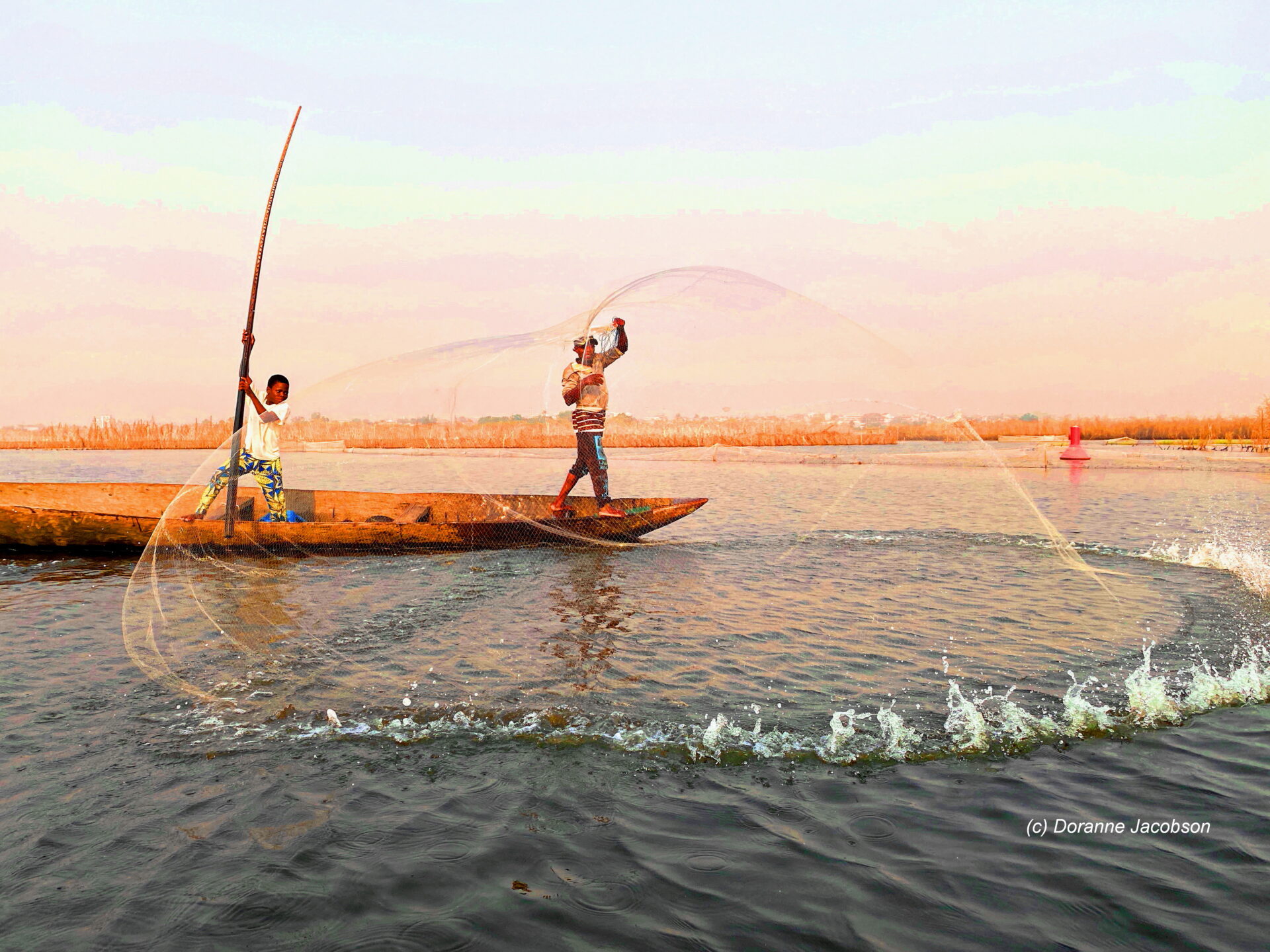
Third Place: Alex Crystal, Somerville, MA
Flamingo taking off on lagoon at San Pedro de Atacama.
Why population stabilization matters to Alex:
“As I watched a flamingo take off from mirrored salt flats — surrounded by vast, untouched wilderness — I caught a glimpse of a world largely unaltered by human hands. Places like that are vanishing. As global population grows, so does our footprint, draining resources, fragmenting habitats, and pushing wildlife into ever-smaller refuges. The Atacama stands as a powerful reminder of what still exists and what we risk losing. I hope that capturing the world’s natural beauty through photography will inspire us to preserve its remaining wild places for future generations and the planet itself.”
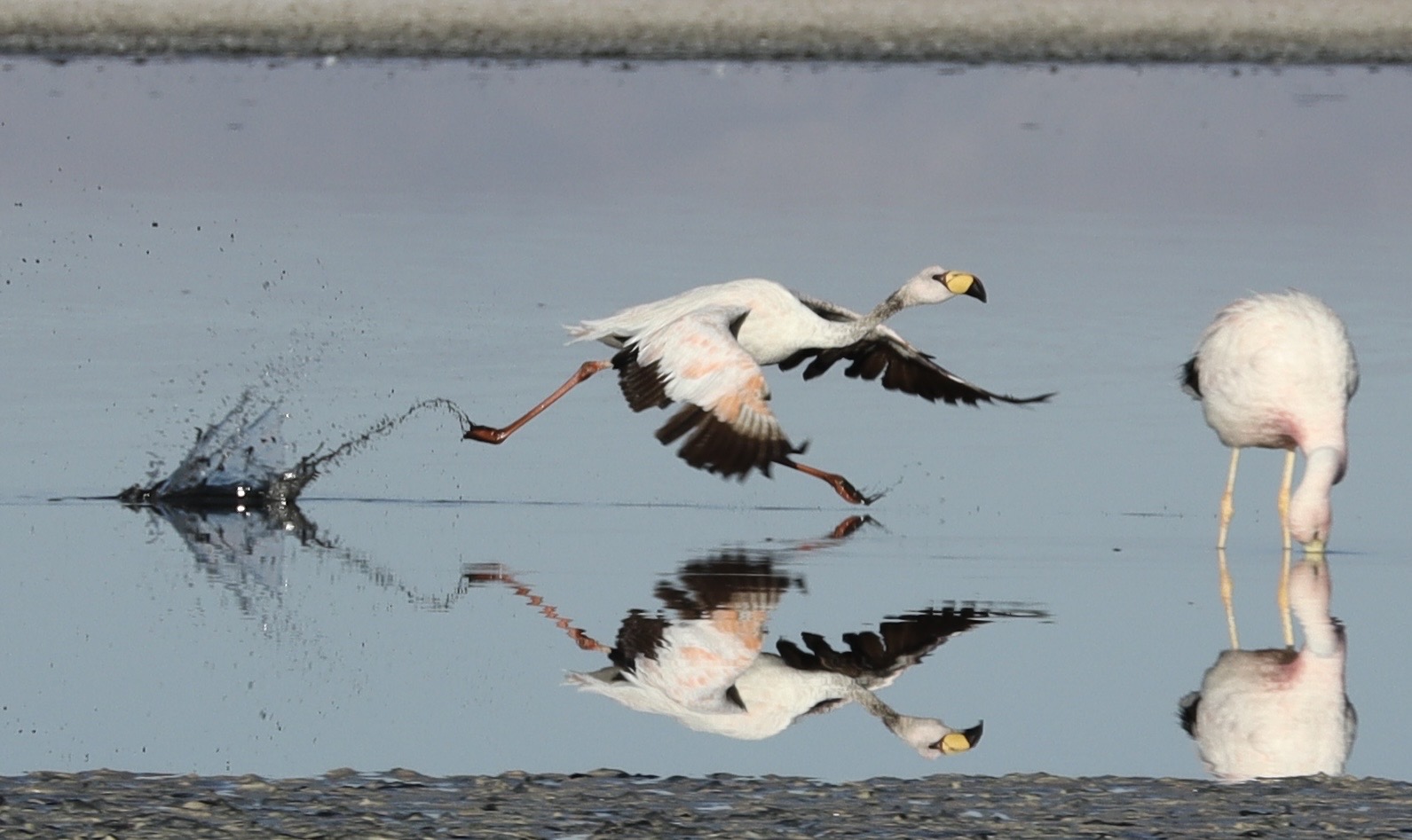
Check back in May 2026 for more details on next year’s contest.
Photo Guidelines
We’re looking for quality photographs to feature on our website and in our newsletters. The winning image will be featured in our September magazine issue.
Please upload your image as a PNG or JPG file
Minimum photo size: 1500 px X 1200 px
Your photo’s location and description need to be included
Participants can submit as many photo entries as they like.
- Note: Due to some glitches with WordPress, we prefer that participants submit photos via computer, instead of mobile device.
Photo of a a decomposing redwood submitted by Catherine H. Knoop

Contest Rules
We’re interested in photos highlighting Earth’s natural beauty, showcasing different cultures, and capturing flora and fauna in their natural habitats.
Submit your photos by World Population Day on Saturday, July 11, 2026.
You must own full rights to any photographs that you submit. General photos of people in public spaces do not need to have photo releases. If you’re featuring a portrait of a person, family, or small group, though, in which their personal features are easily recognizable, then photo releases must be obtained.
Your submission permits us to distribute the image across our various media platforms. We cannot be held responsible for the misuse of your photo by a third party. If this is a concern, we encourage you to copyright your image with a watermark (small and not covering important parts of the image, please!) to establish ownership.
Photo of a Baltimore Oriole in Wissahickon Valley Park submitted by John Nelson
